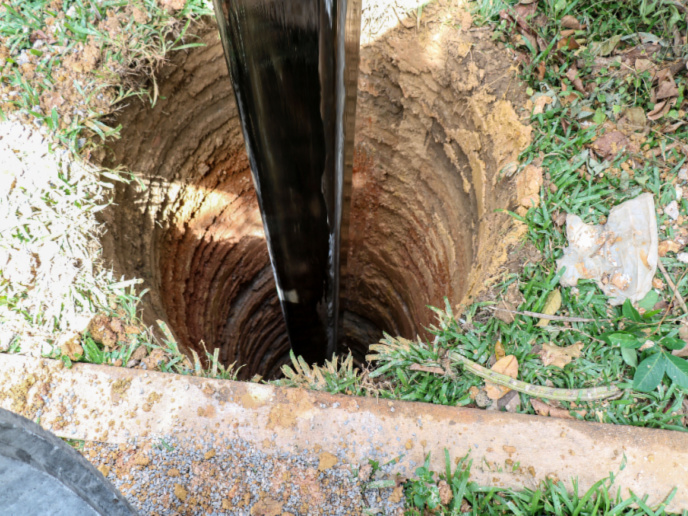Delineating the earthquake phenomenon
Understanding of earthquake physics is crucial in order to be able to predict earthquakes and prevent their devastating consequences. Scientists now believe that the geophysical processes causing rocks to deform and induce earthquakes originate from micro-scale interactions. The EU-funded ‘Non extensive thermodynamics and statistical mechanics in earthquake physics & rock fracture’ (NEXT EARTH) project based its investigation on statistical physics principles to understand the collective properties of earthquakes and rock fractures. Scientists used the theory of non-extensive thermodynamics to analyse laboratory results along with earthquake events catalogues and to investigate the evolution of earthquakes and fracture events. A universal methodology was used to describe the physics and mechanics of fracture from a laboratory scale to a plate tectonics scale. Project results demonstrated that non-extensive statistical physics (NESP) was the appropriate method for predicting and interpreting earthquake phenomena. NESP was also used to determine if acoustic emissions and electrical relaxation results could be used as earthquake forerunners. The NEXT EARTH approach was subsequently used to address various scientific questions and to provide answers for many earthquake-related phenomena that had occurred in the past. Implementation of this approach for earthquake prediction is expected to enhance the quality of life of both European citizens and vulnerable populations worldwide.







